If you’re a fan of camping or glamping, you’ve probably heard about the wonders of bell tents. These spacious, durable tents offer a comfortable and stylish way to enjoy the great outdoors. However, one question often looms in the minds of potential buyers and seasoned campers alike: Do bell tents go mouldy? The short answer is yes, they can, but with proper care and maintenance, you can prevent mould from ever becoming a problem. In this guide, we’ll explore what causes mould in bell tents, how to prevent it, and what to do if you find mould in your tent.
What Causes Mould in Bell Tents?
Mould is a type of fungus that thrives in damp, humid conditions, and unfortunately, bell tents can provide the perfect environment for it to grow if not properly maintained. Here are the main factors that contribute to mould growth in bell tents:
1. Moisture
Moisture is the primary culprit behind mould growth in bell tents. Whether it’s from rain, morning dew, or condensation, any moisture left to sit on the canvas can eventually lead to mould. This is especially true if the tent isn’t properly dried before being stored.
2. Humidity
High humidity levels can exacerbate the problem, as mould thrives in environments where the air is moist. Humid climates or camping near water sources can increase the likelihood of mould forming in your tent.
3. Improper Storage
Storing a tent while it’s still damp is a surefire way to invite mould. Even a small amount of residual moisture can lead to significant mould growth over time, especially if the bell tent is stored in a dark, unventilated space.
4. Canvas Material
Our bell tents are made from canvas and this is something that is pretty common in the space. Canvas is a natural material that is more susceptible to mould than synthetic fabrics. It is breathable, which is great for ventilation but also means it can absorb moisture. Without proper care, this can lead to mould and mildew.
Signs of Mould in Bell Tents
Detecting mould early can save you from a bigger problem down the line. Here’s how to identify mould in your bell tent:
1. Visible Signs
Mould often appears as dark spots or patches on the canvas. It can be black, green, or even white and usually grows in areas where moisture has been trapped.
2. Musty Odours
A musty or earthy smell inside your tent is a strong indicator of mould. This odour is caused by the off-gassing of mould spores and can be a telltale sign even if you haven’t yet seen the mould.
3. Discolouration
If parts of your tent’s fabric are discoloured or have a stained appearance, it could be due to mould or mildew. Discolouration may be subtle at first but can become more pronounced over time.
How to Prevent Mould in Bell Tents
Preventing mould is far easier than removing it once it’s established. Here are some actionable tips to keep your bell tent mould-free:
1. Proper Storage
Always store your bell tent in a dry, cool place. Ensure it is completely dry before packing it away, as even a small amount of moisture can lead to mould growth during storage. It’s also a good idea to store the tent loosely, allowing air to circulate around it.
2. Regular Airing
After each use, air out your bell tent thoroughly. Set it up in a dry area and allow it to dry naturally, preferably in the sun, which also helps to kill any potential mould spores. Regular airing is especially important if you’ve camped in damp conditions.
3. Cleaning
Regular cleaning is essential for maintaining your tent’s longevity. Use a soft brush to remove dirt and debris from the canvas. For deeper cleaning, use a mild soap and water solution. Avoid using harsh chemicals, as they can damage the canvas and reduce its waterproofing.
4. Waterproofing
Reproofing your bell tent regularly with a waterproofing solution helps maintain its resistance to water. Waterproofing not only keeps water out but also helps to prevent moisture from seeping into the canvas, where it can cause mould.
5. Ventilation
Ensure that your bell tent is well-ventilated, especially when it’s in use. Proper ventilation helps reduce condensation, which can lead to dampness and mould. Most Canvas bell tents have ventilation flaps that should be used, particularly at night when condensation is more likely to occur. (psst.... we know for a fact that ours definitely do!)
How to Remove Mould from Bell Tents
If you’ve discovered mould in your bell tent, it’s important to act quickly. Here’s a step-by-step guide to removing mould:
1. Assess the Damage
First, assess how much of your tent is affected. Small, isolated spots can often be treated effectively at home, while extensive mould growth may require professional cleaning.
2. Prepare Your Cleaning Solution
For mild mould, a mixture of warm water and mild soap can be sufficient. For tougher mould, you may need to use a specialised canvas cleaner. Avoid using bleach or other harsh chemicals, as these can damage the canvas.
3. Clean the Affected Area
Use a soft brush or cloth to gently scrub the mouldy area. Be sure to clean both sides of the fabric if possible. Rinse the area thoroughly with clean water to remove any soap residue.
4. Dry the Tent
After cleaning, it’s crucial to dry the tent completely. Set it up in a sunny, breezy spot, and leave it to dry naturally. Ensure that the tent is completely dry before storing it again.
5. Consider Professional Cleaning
If the mould is extensive or you’re concerned about damaging the tent, it may be worth seeking professional help. Specialist cleaners can effectively remove mould and reproof the tent, ensuring it’s ready for your next adventure.
Bell Tent Maintenance Tips
Regular maintenance is key to keeping your bell tent in top condition. Here are some additional tips to prolong the life of your tent and keep it mould-free:
1. Inspect Regularly
Inspect your tent before and after each use. Look for signs of wear, damage, or mould. Early detection of problems can prevent more serious issues later on.
2. Reproof Periodically
Regularly reproof your tent to maintain its water resistance. This is particularly important if you notice water soaking into the fabric rather than beading on the surface.
3. Choose Your Campsite Wisely
When setting up your tent, choose a site with good drainage and avoid low-lying areas where water might collect. If possible, set up your tent under a tree for some shade, but avoid areas where heavy dew might accumulate.
4. Avoid Prolonged Wet Conditions
If possible, avoid using your tent in prolonged wet conditions. If you must camp in the rain, make sure to dry the tent thoroughly as soon as you can.
While bell tents can go mouldy, this doesn’t have to be a major concern if you take the proper precautions. By understanding what causes mould and following the tips for prevention and removal, you can ensure that your bell tent stays in great condition for years to come. Remember, the key to a mould-free tent is diligent care and regular maintenance.
So next time you’re packing up after a camping trip, take those extra few minutes to dry and store your tent properly – your future self will thank you!


 Canvas Bell Tents
Canvas Bell Tents Bell Tent Accessories
Bell Tent Accessories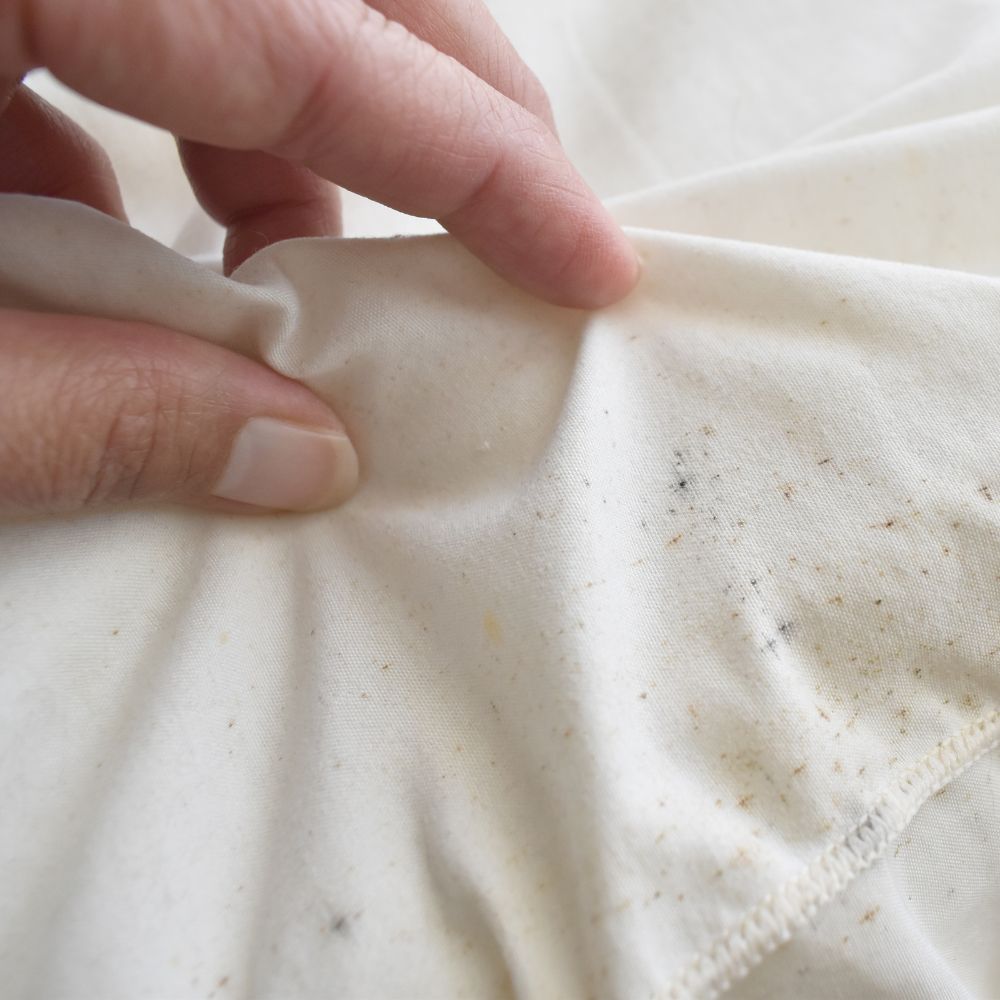
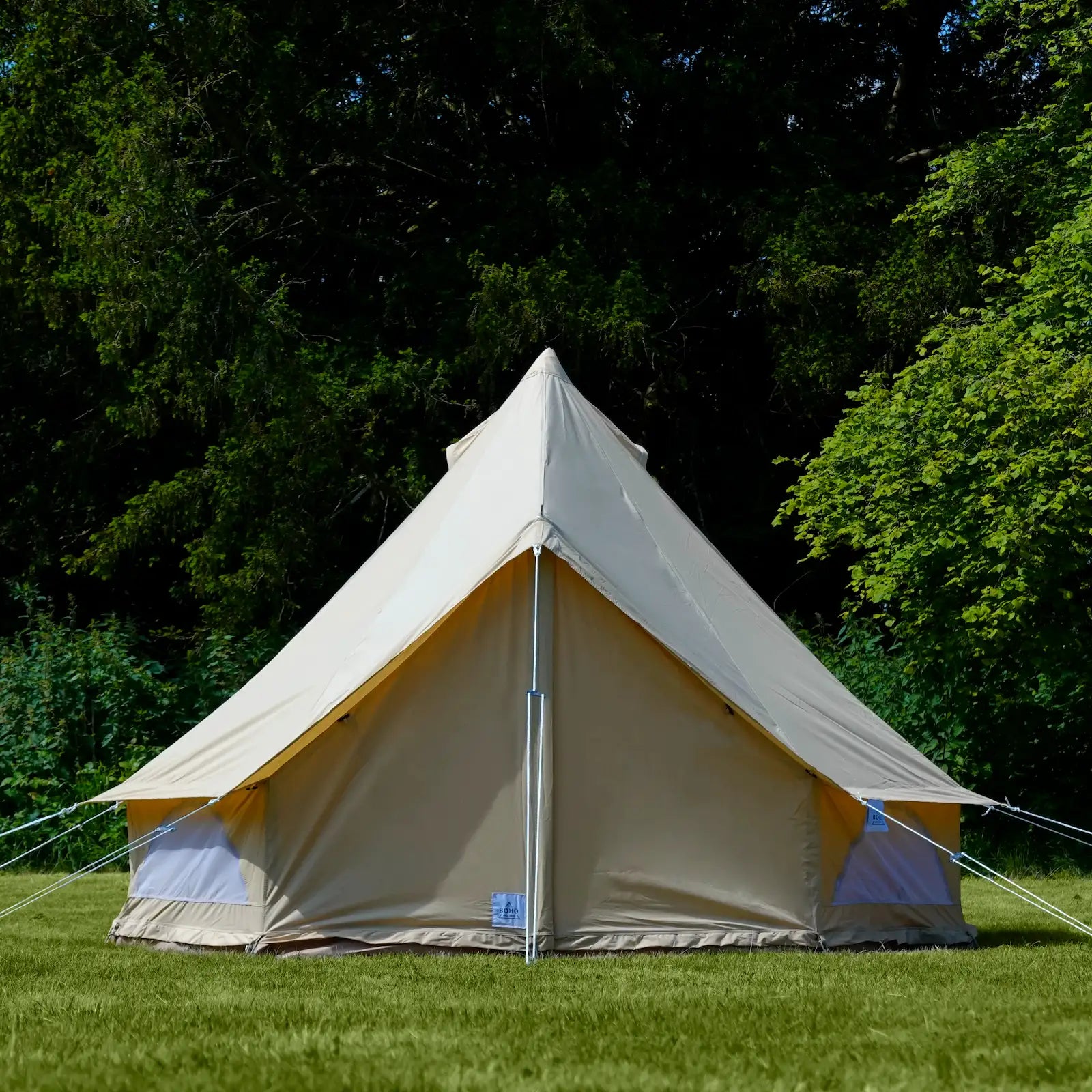
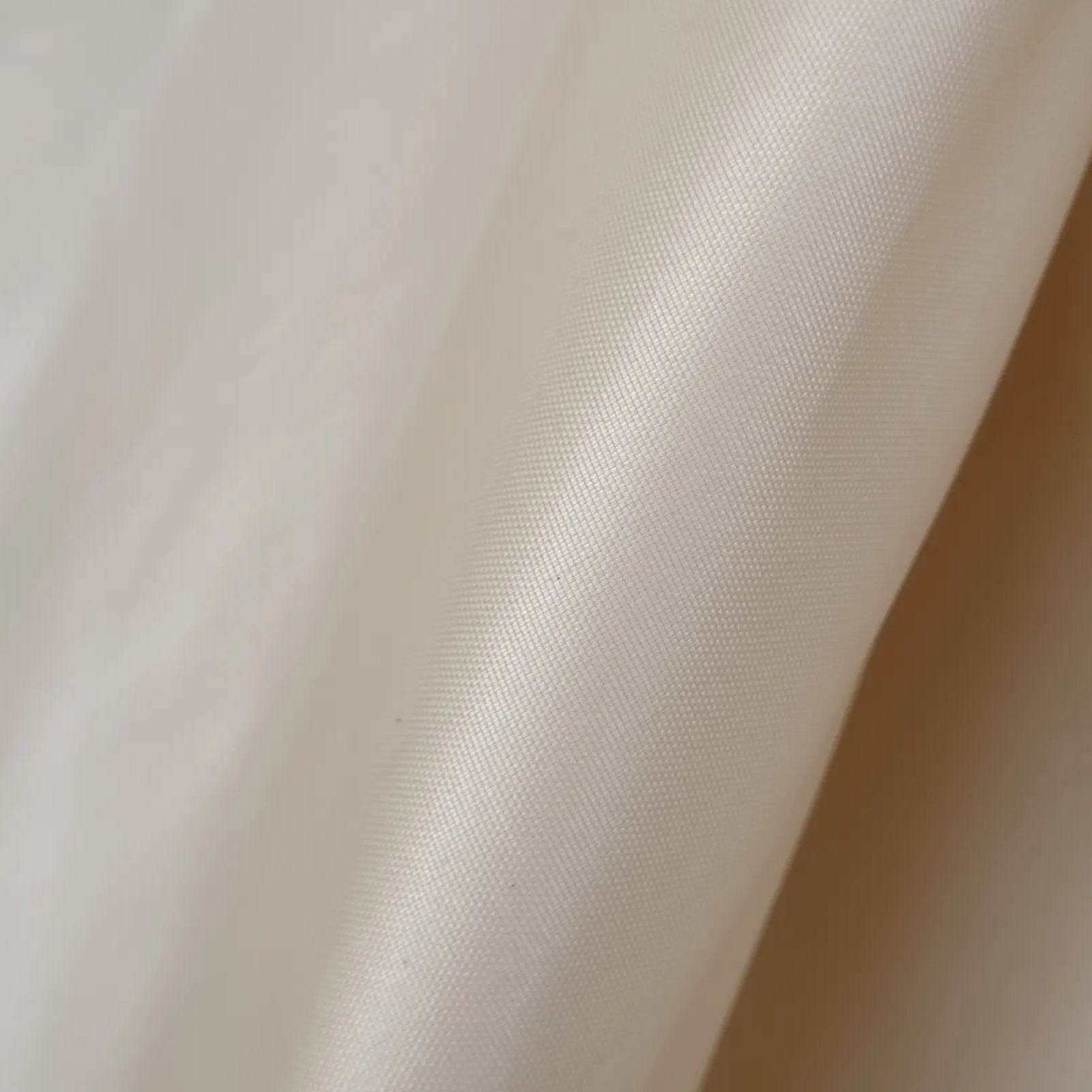
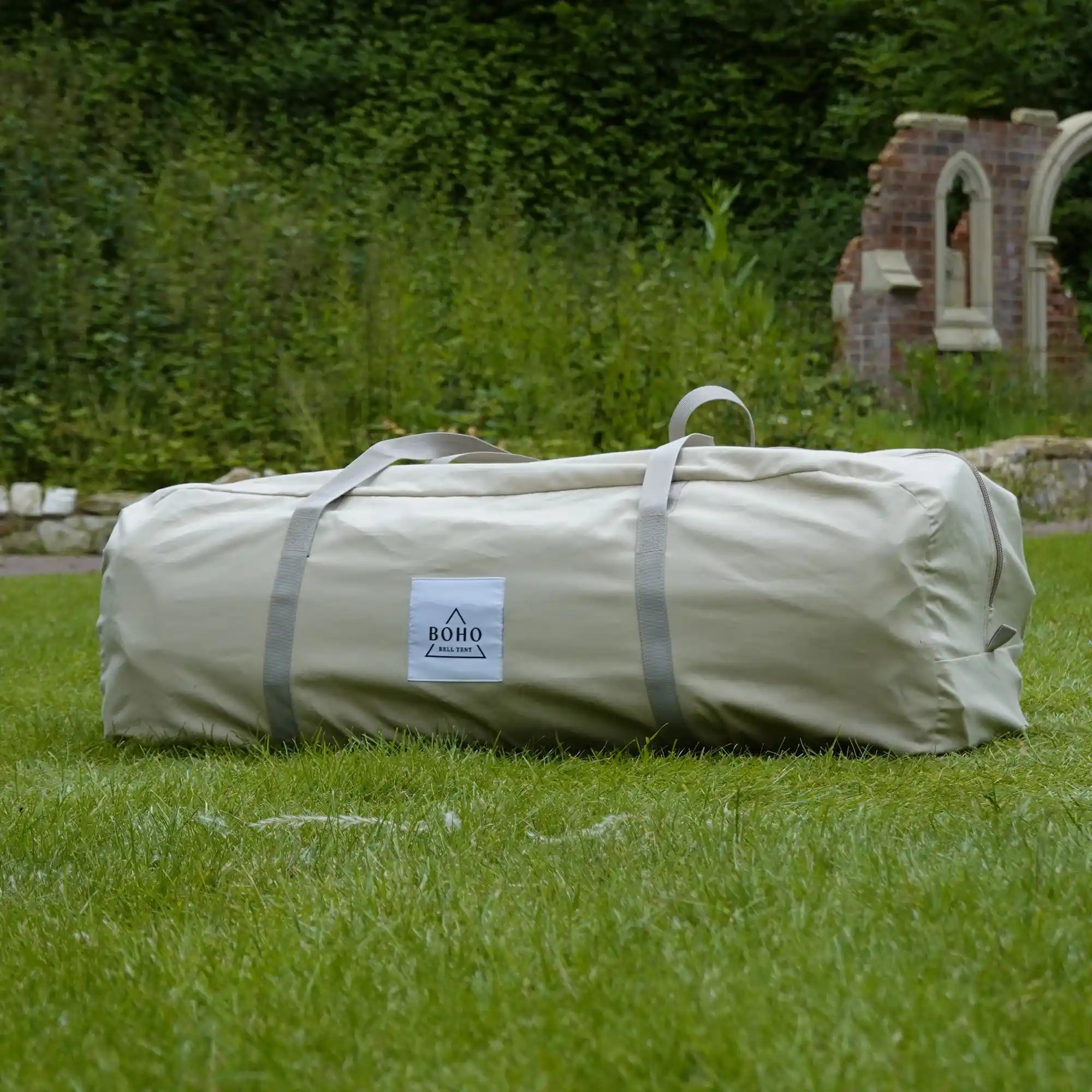
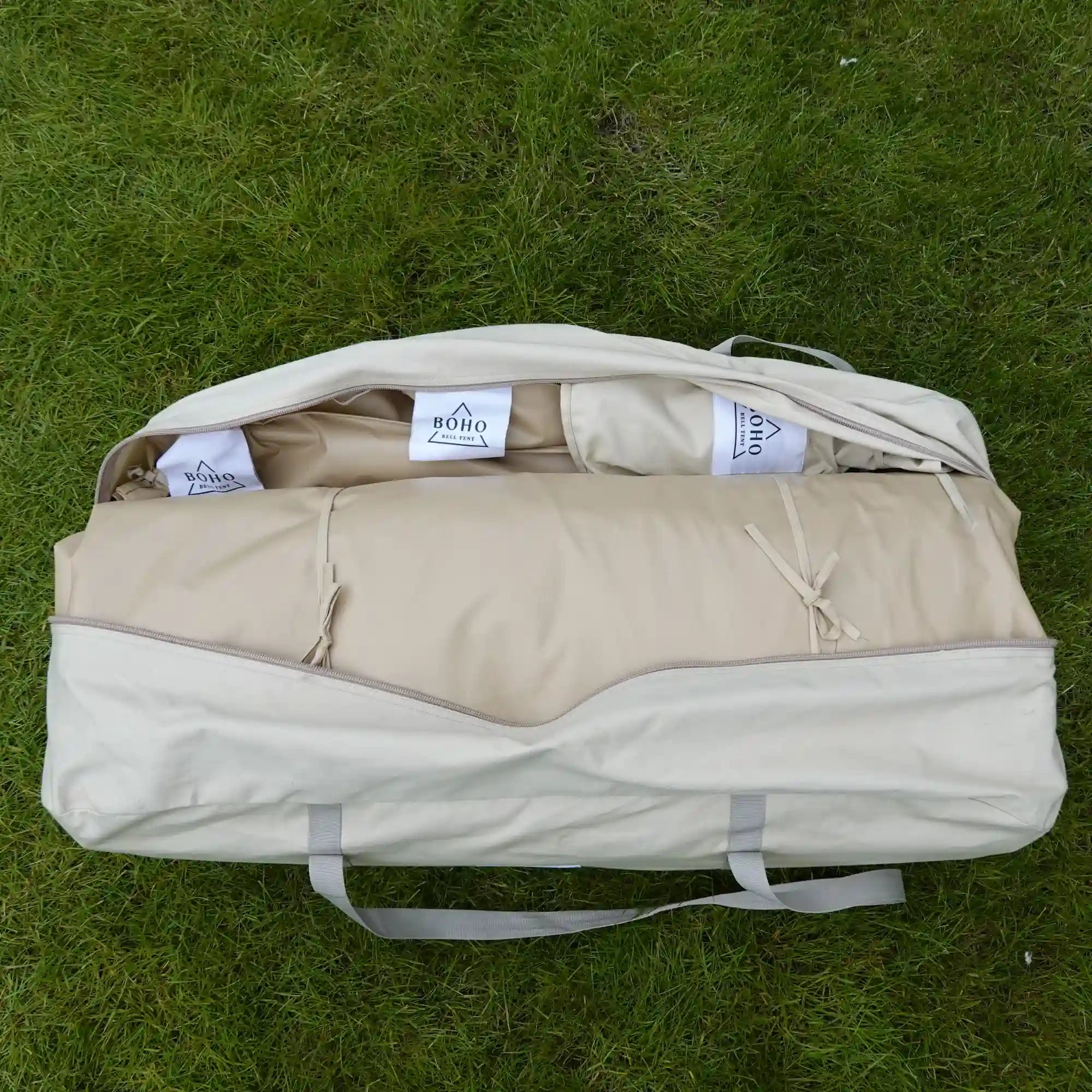


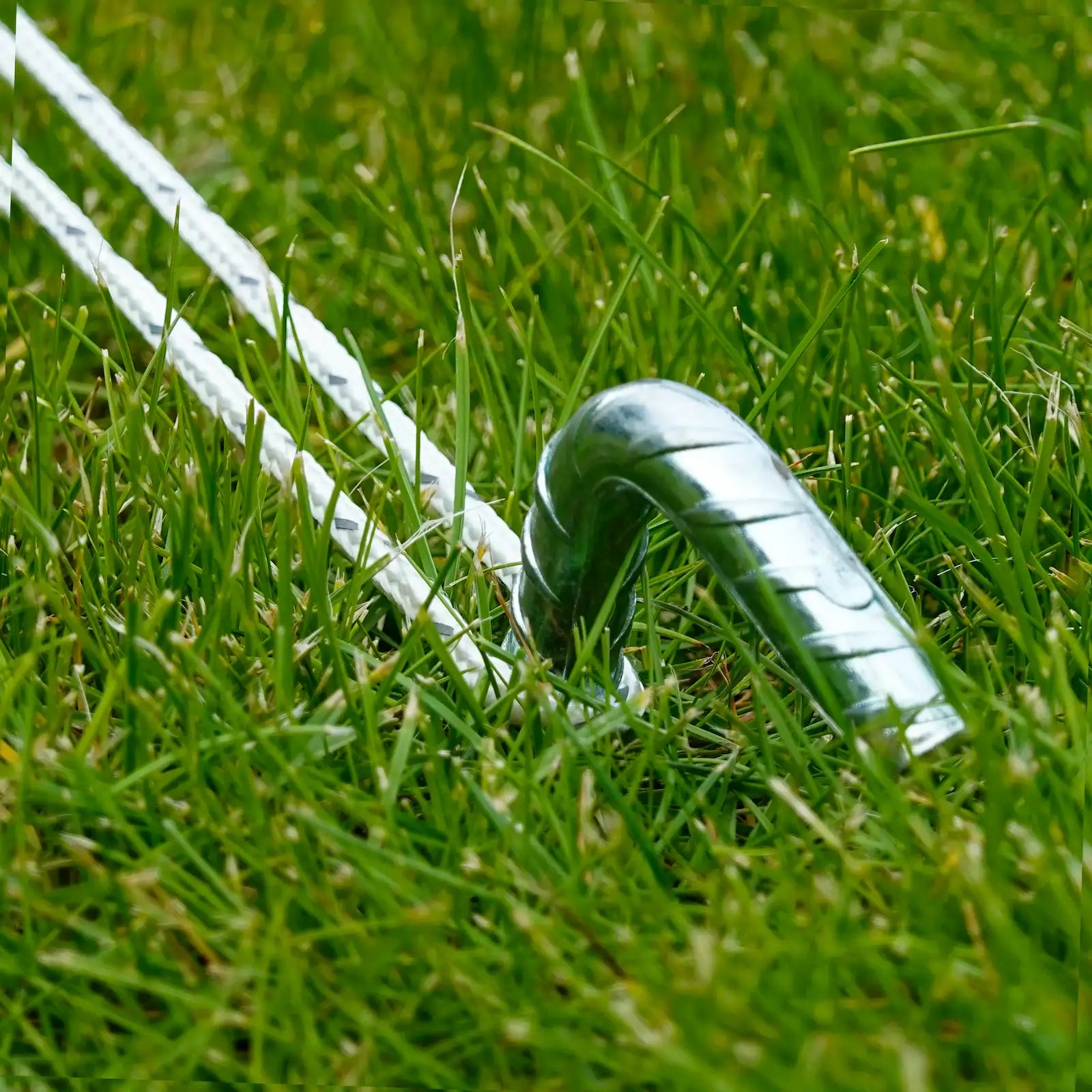
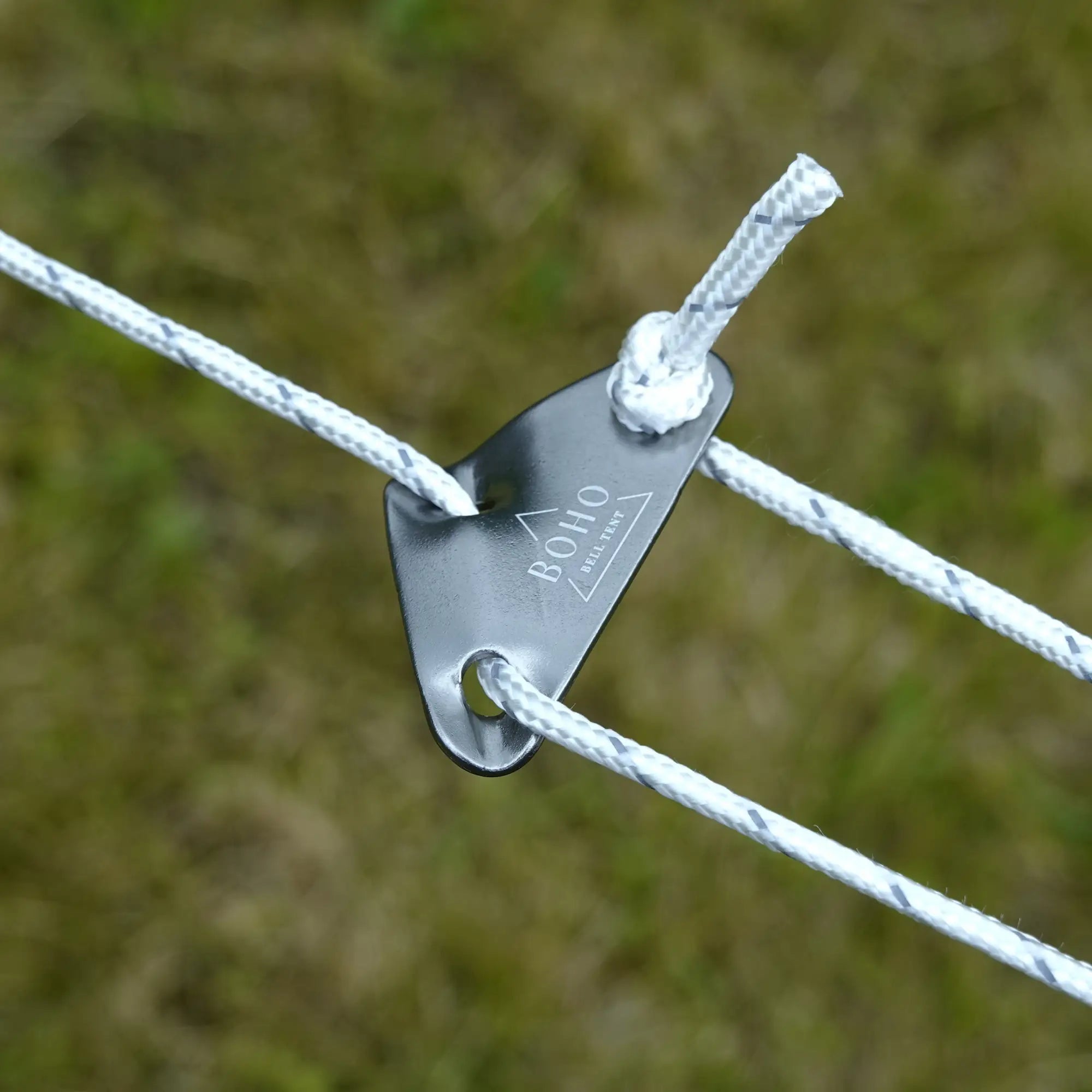
At Boho Bell Tent, we’ve helped hundreds of customers find the perfect setup for festivals, weddings, and off-grid escapes. So if you need any help at all, be sure to reach out!
Share:
What to take Camping
Do Bell Tents Leak?